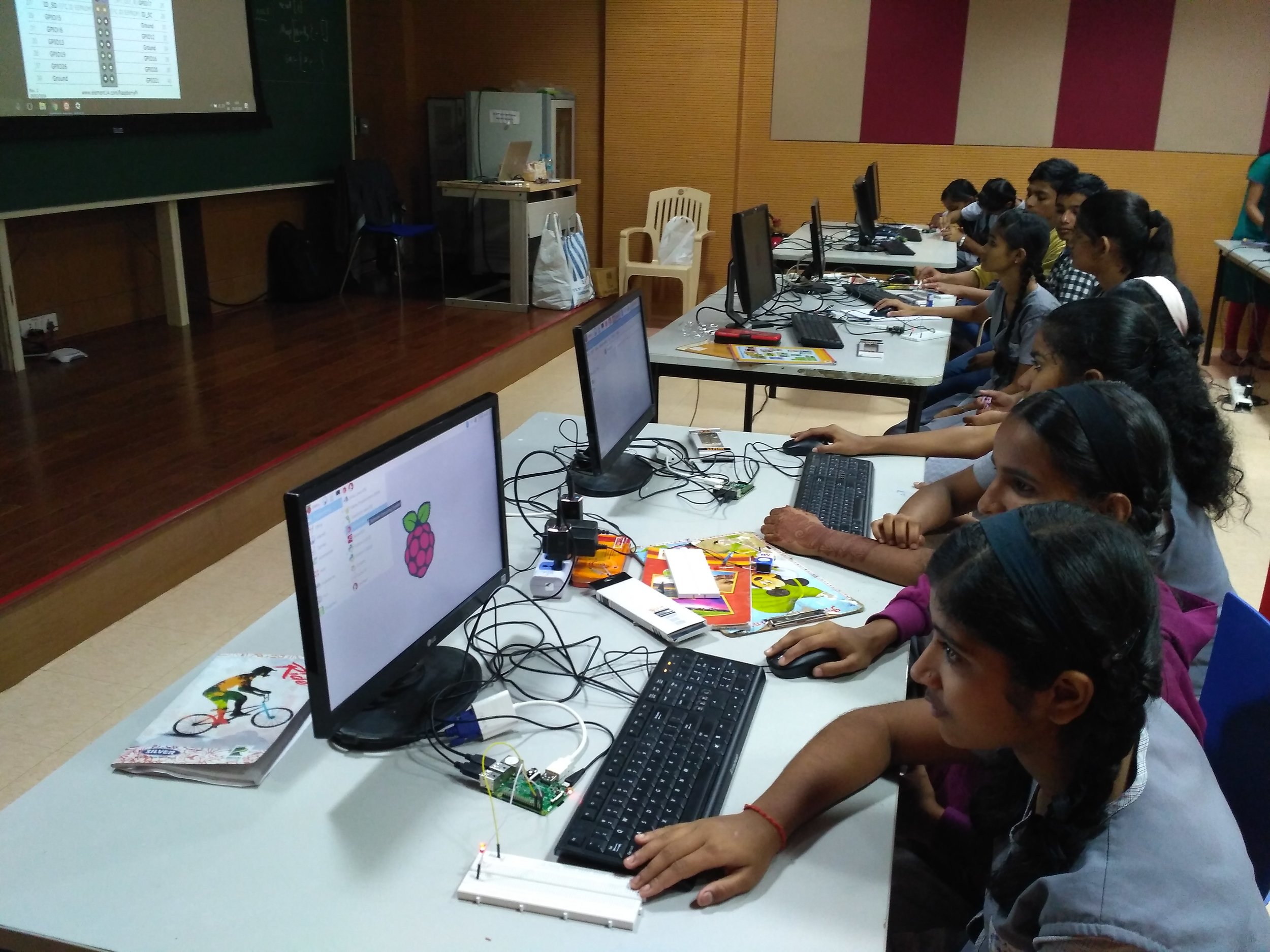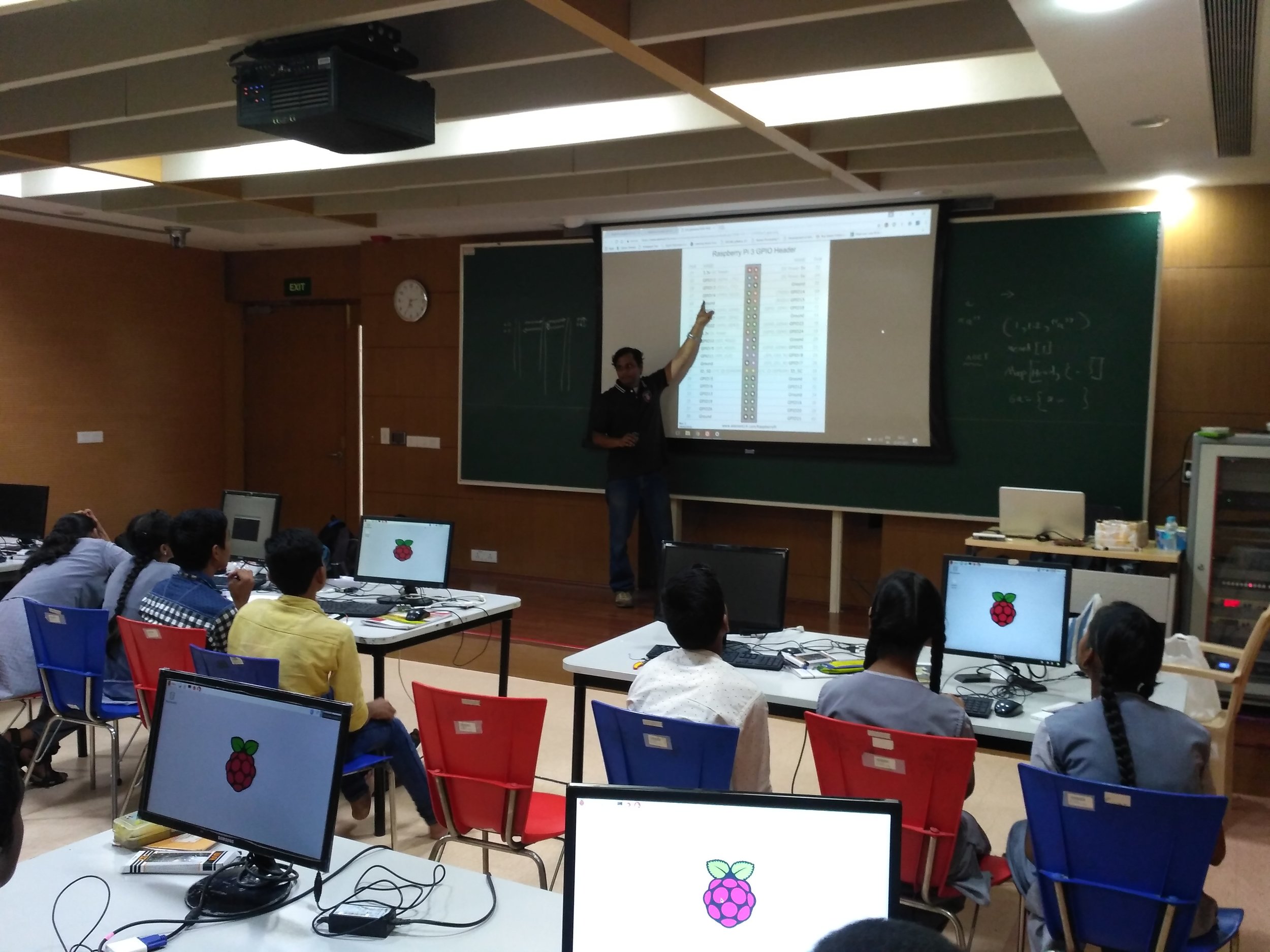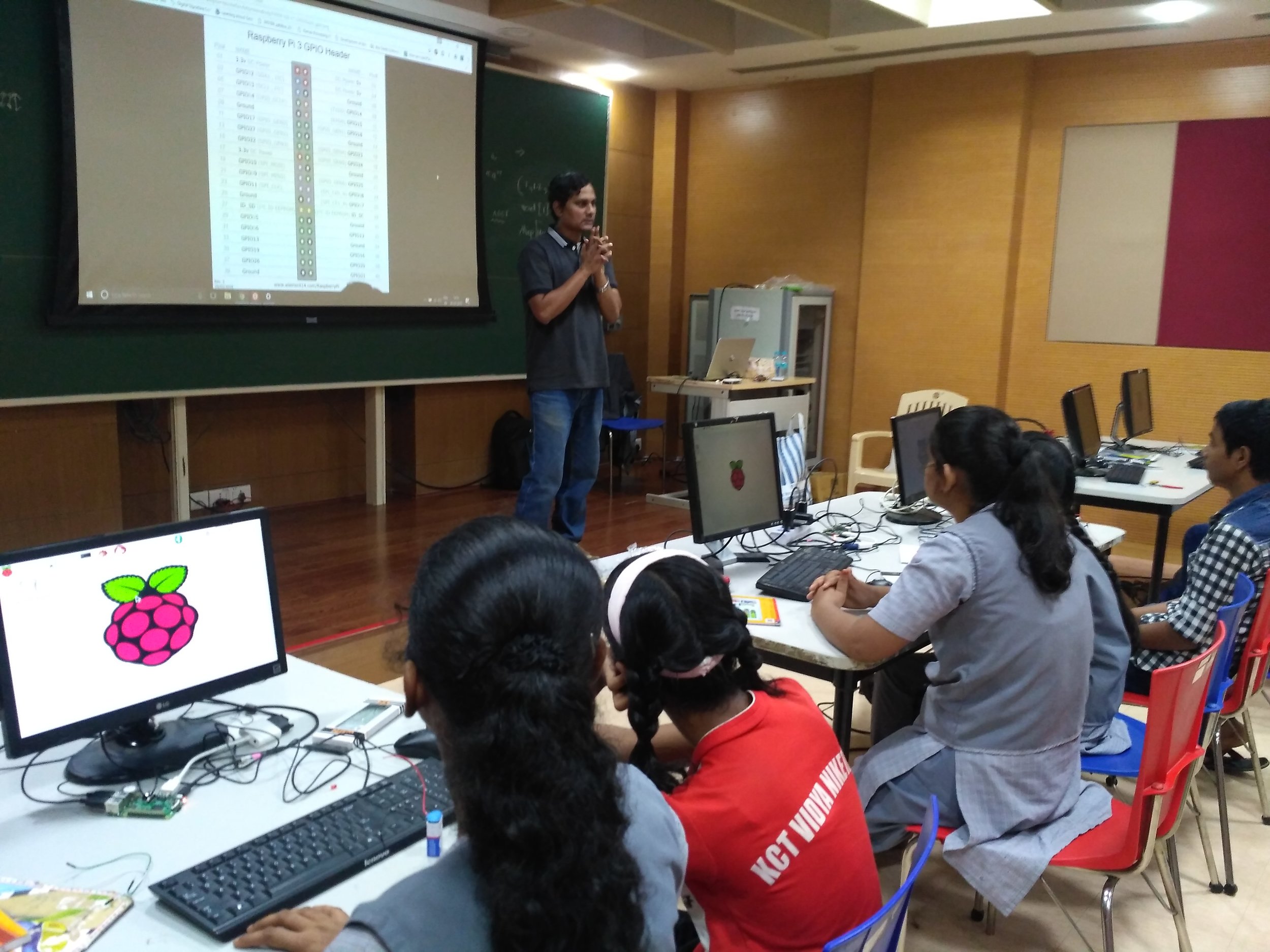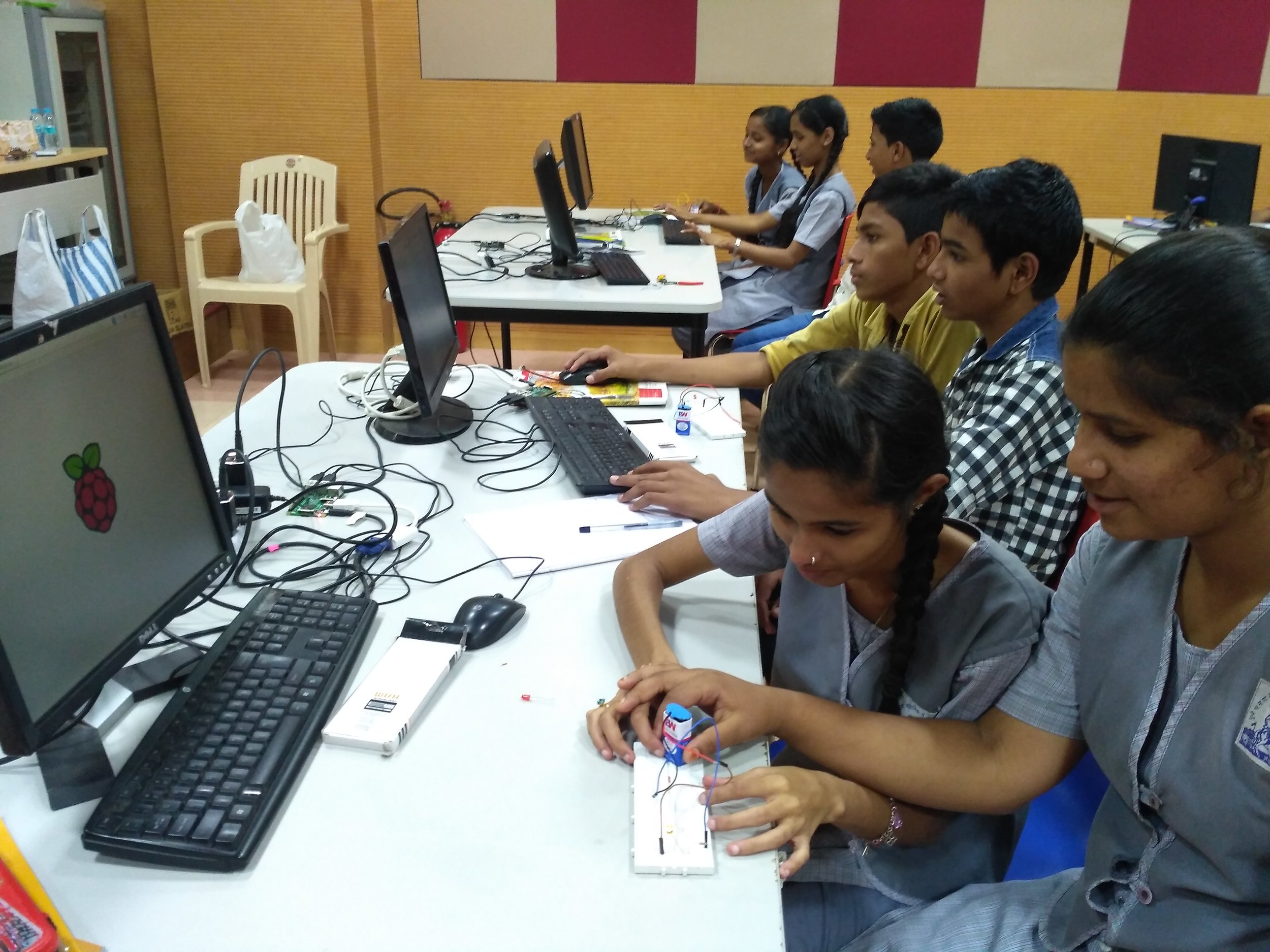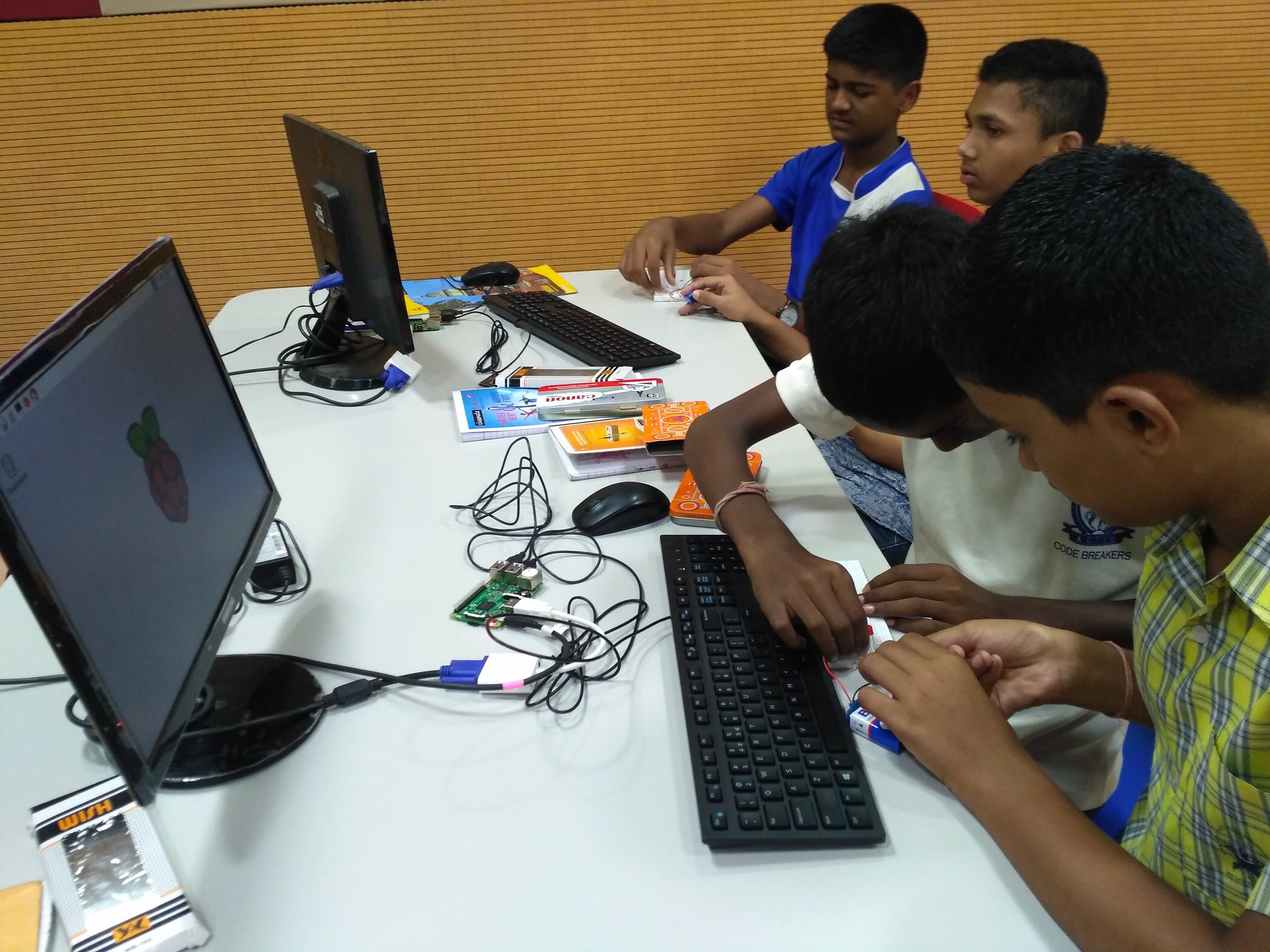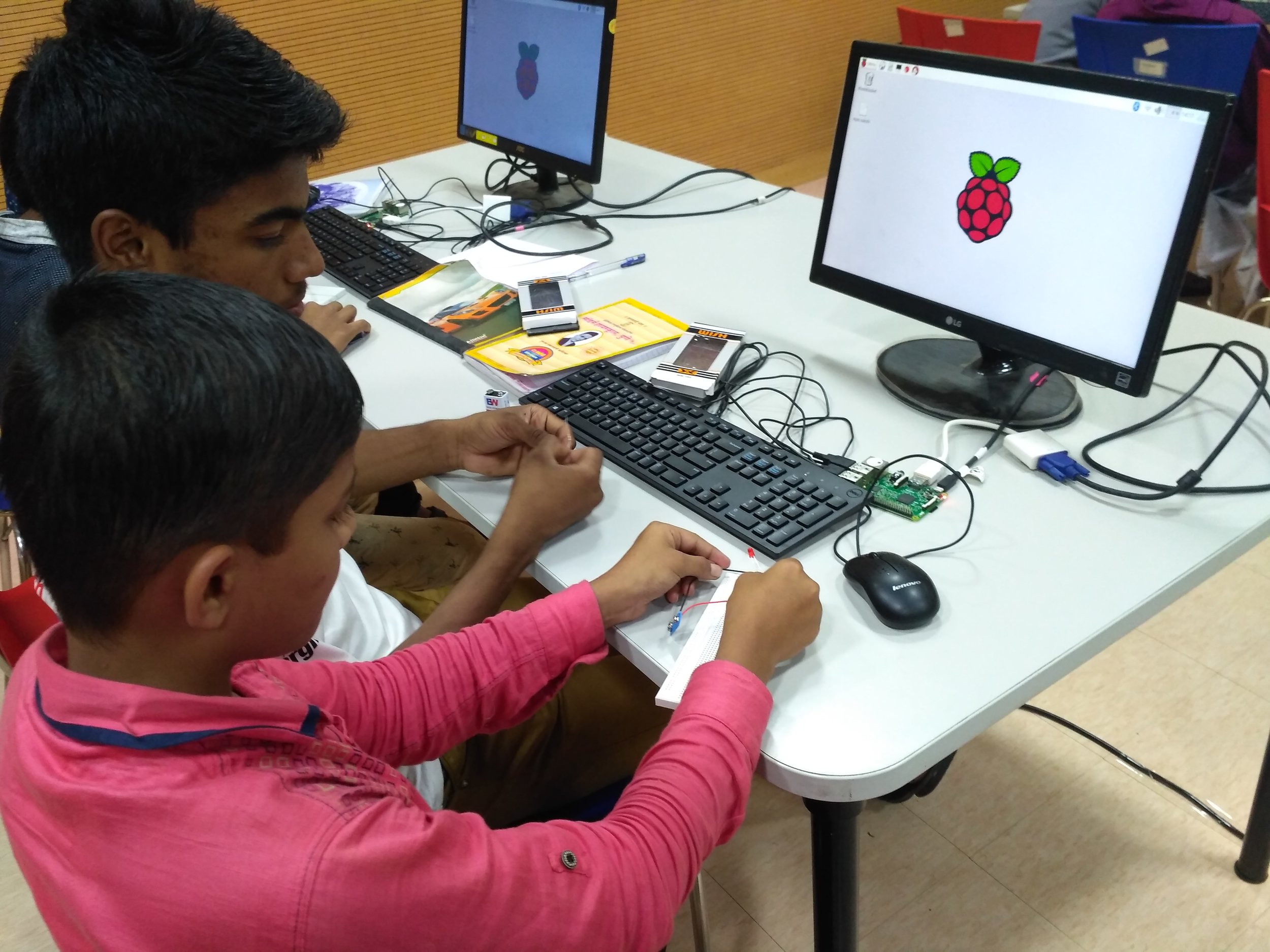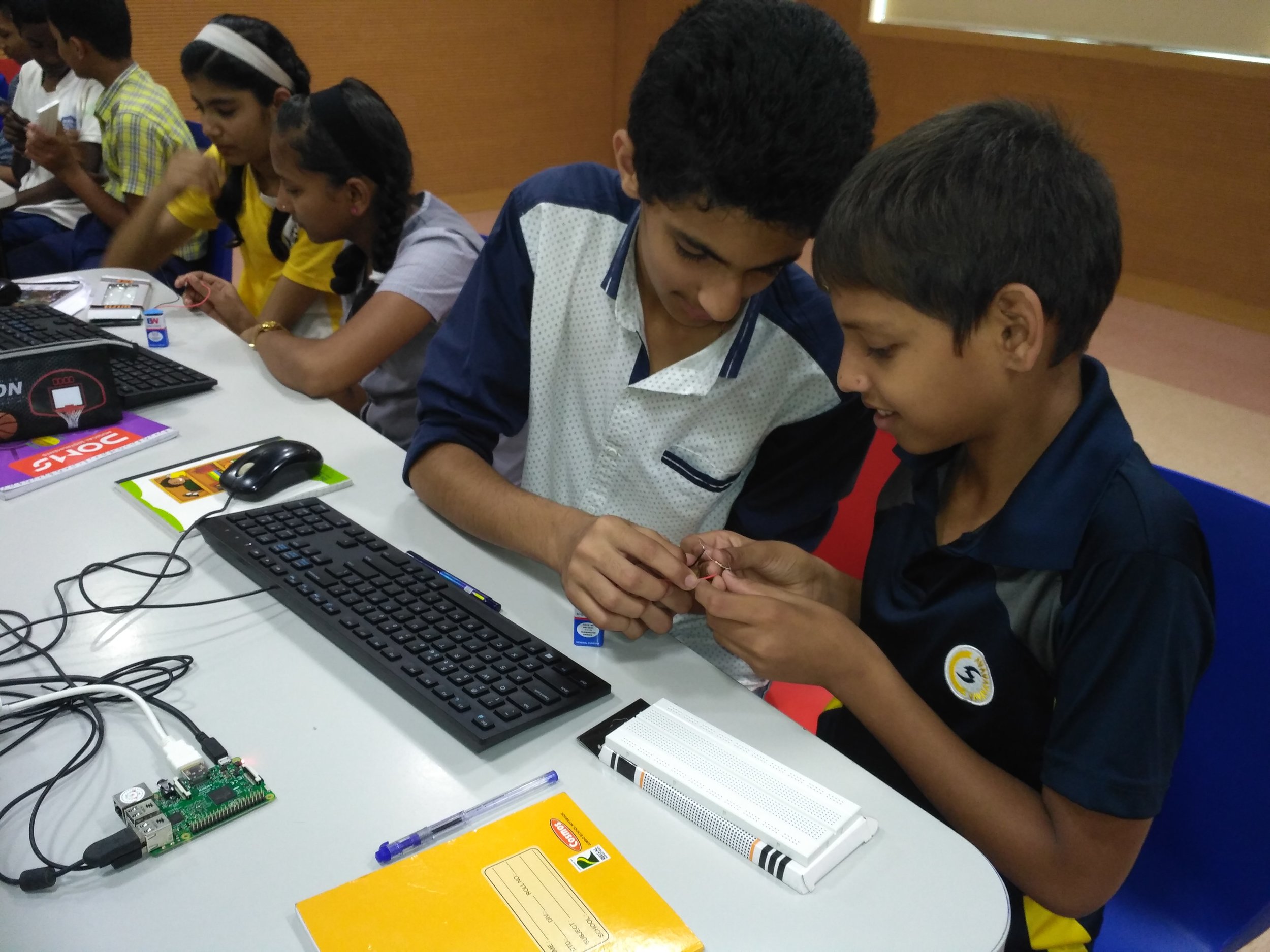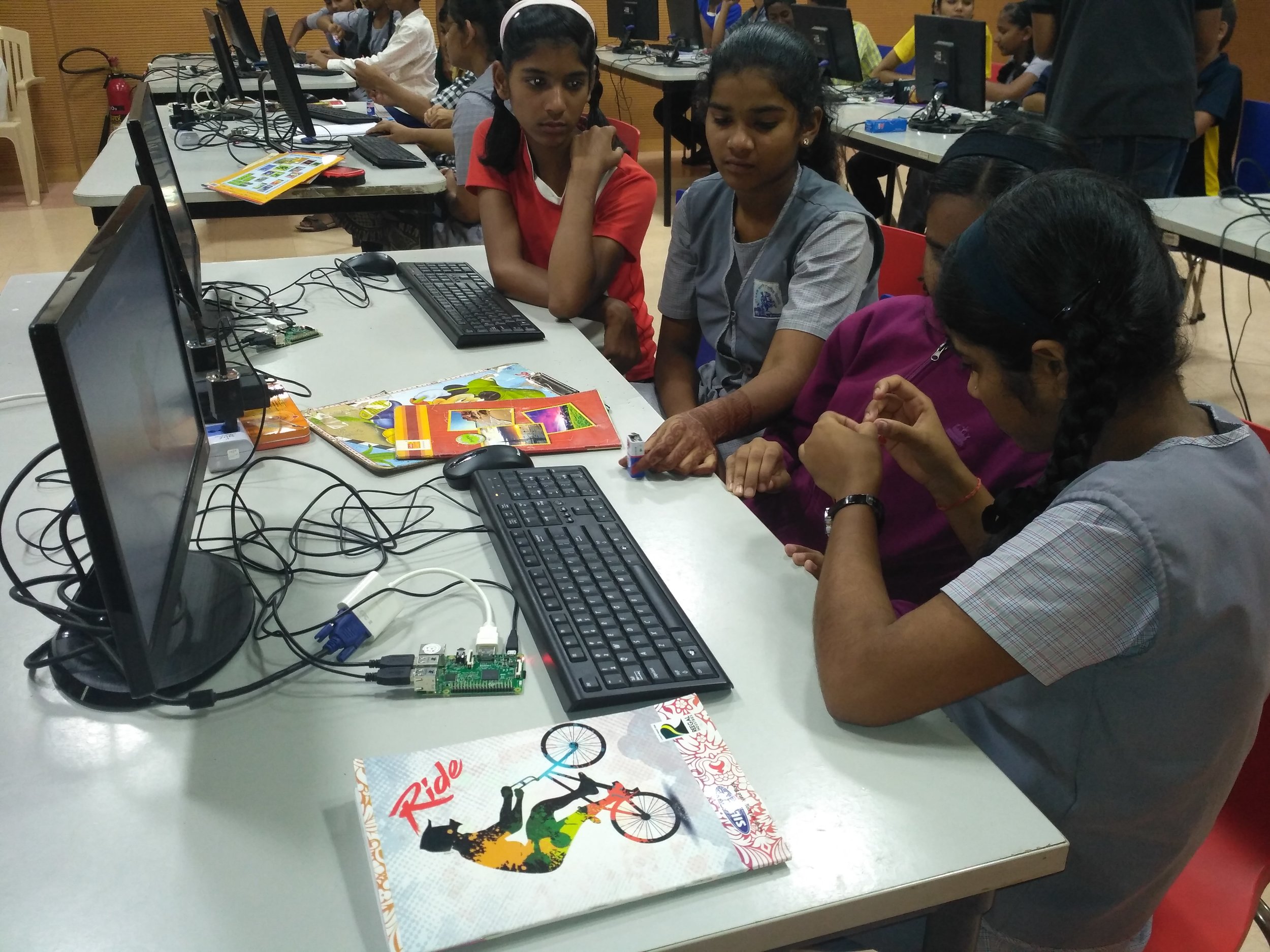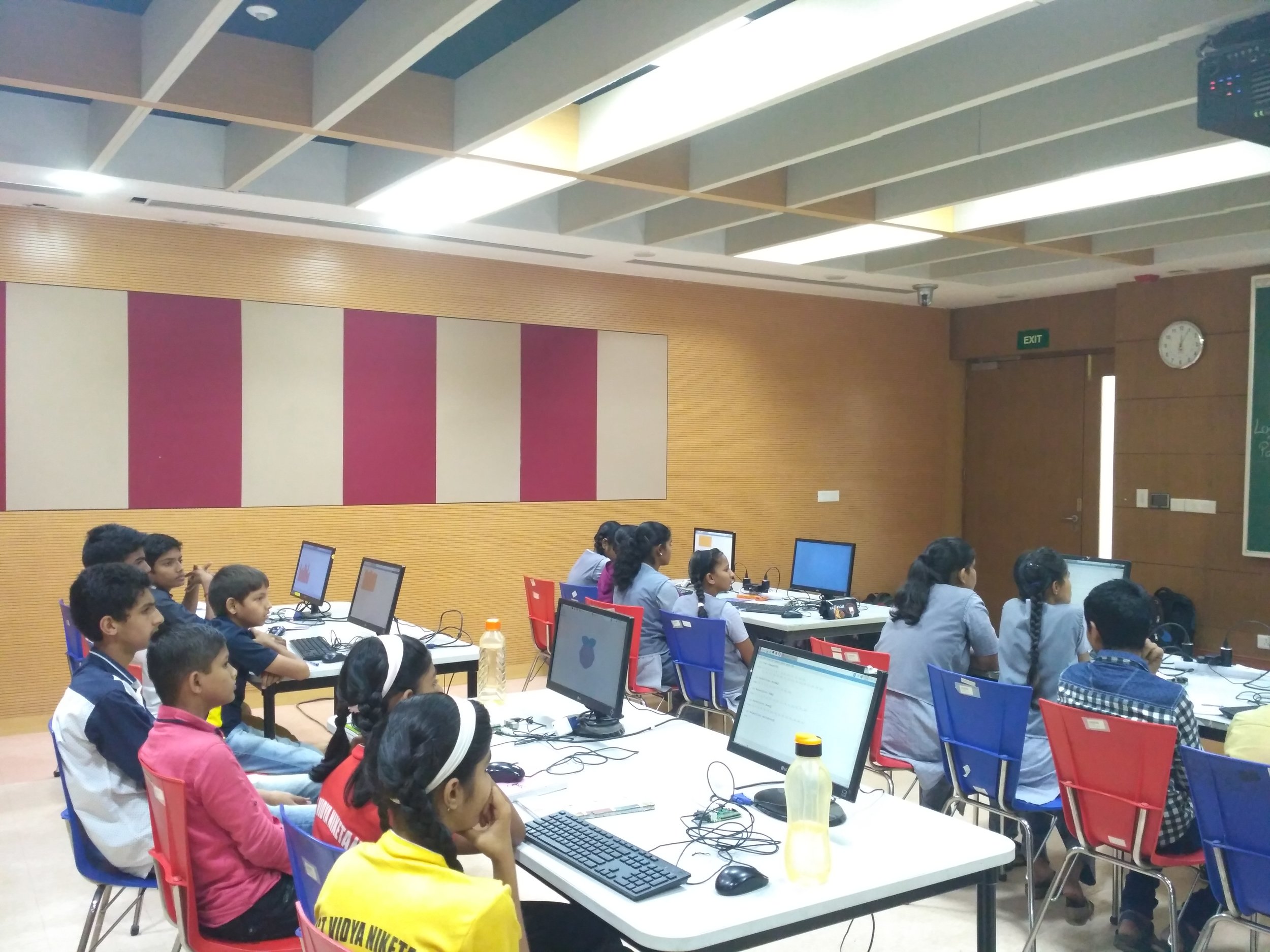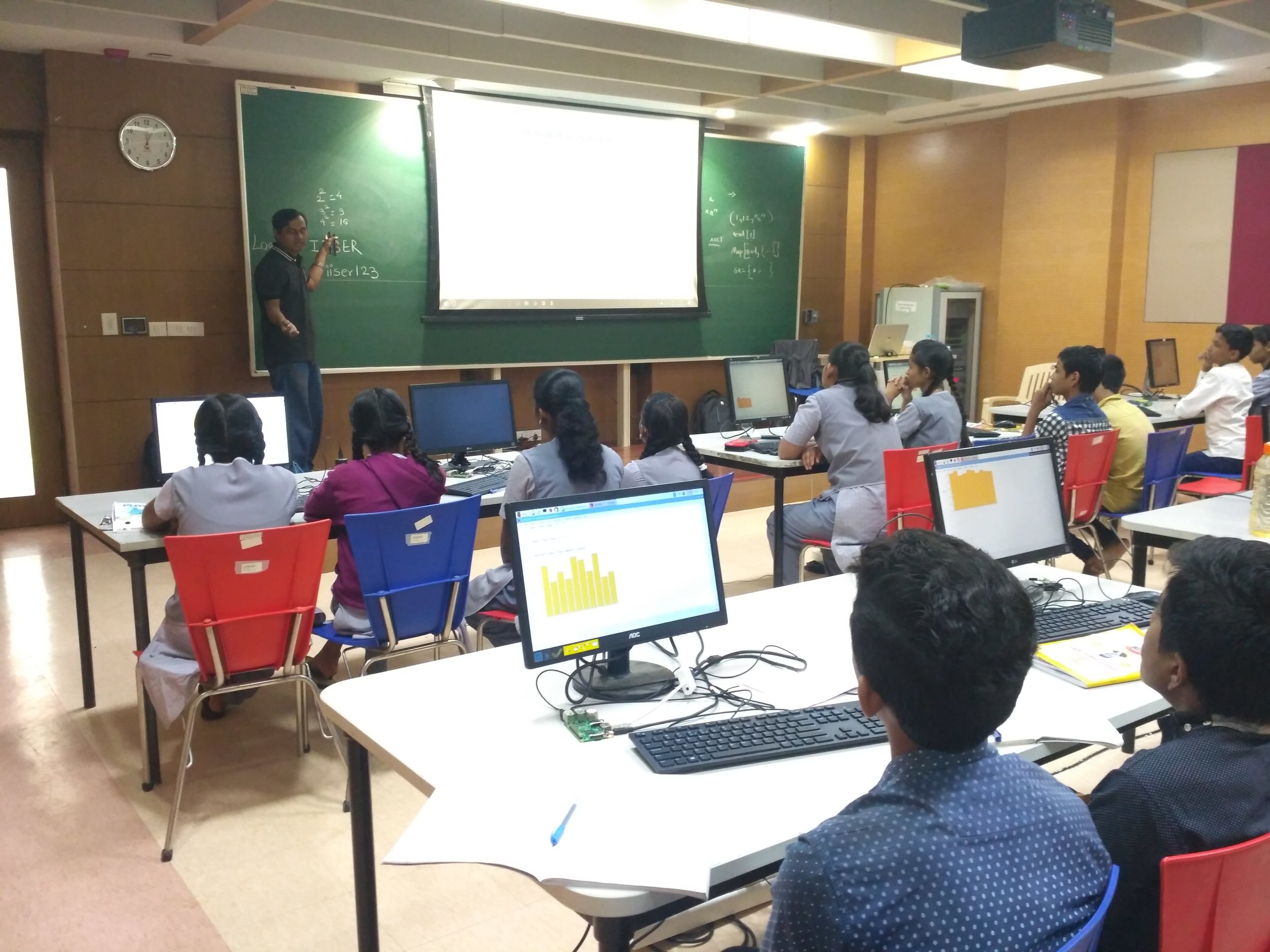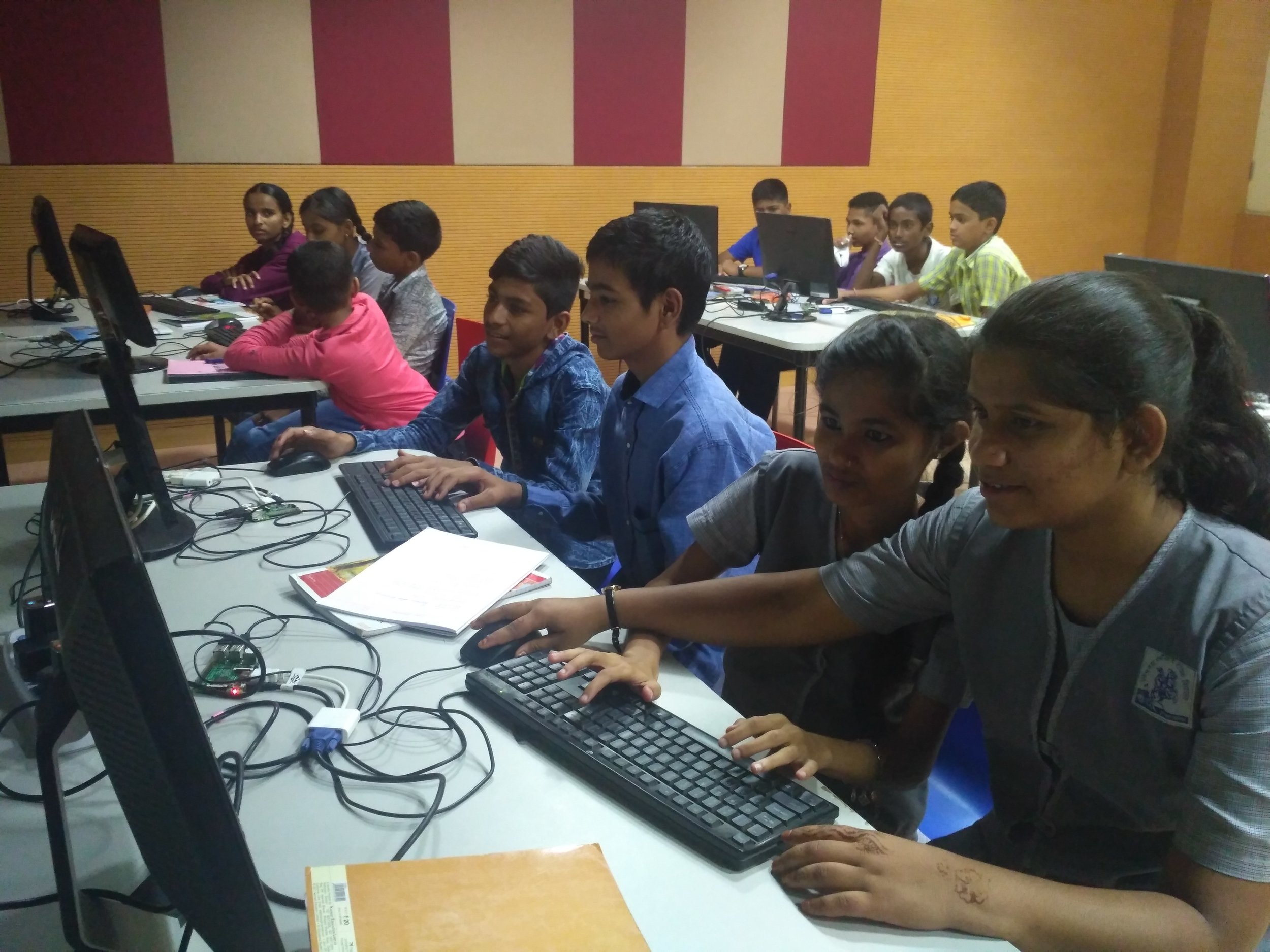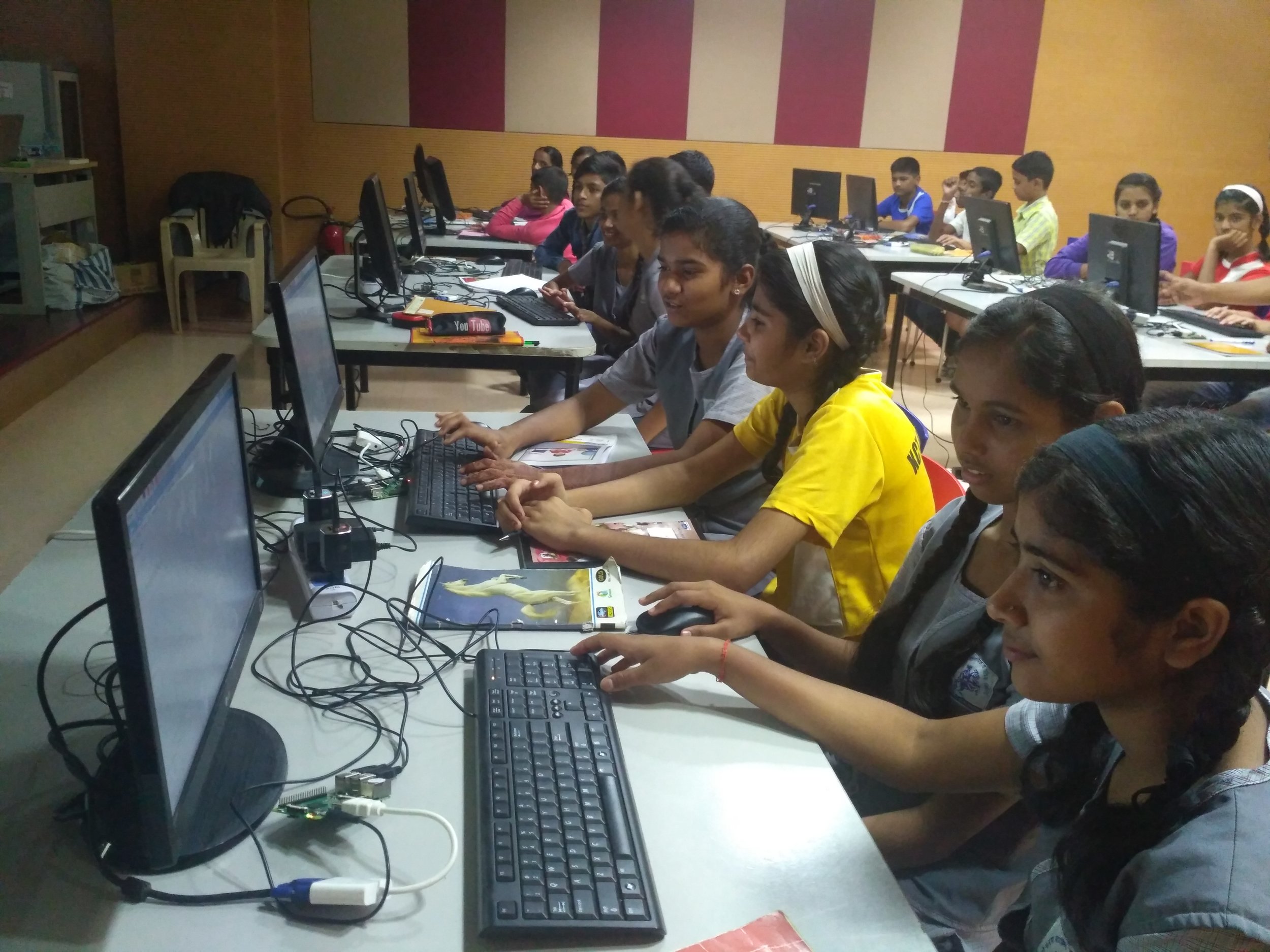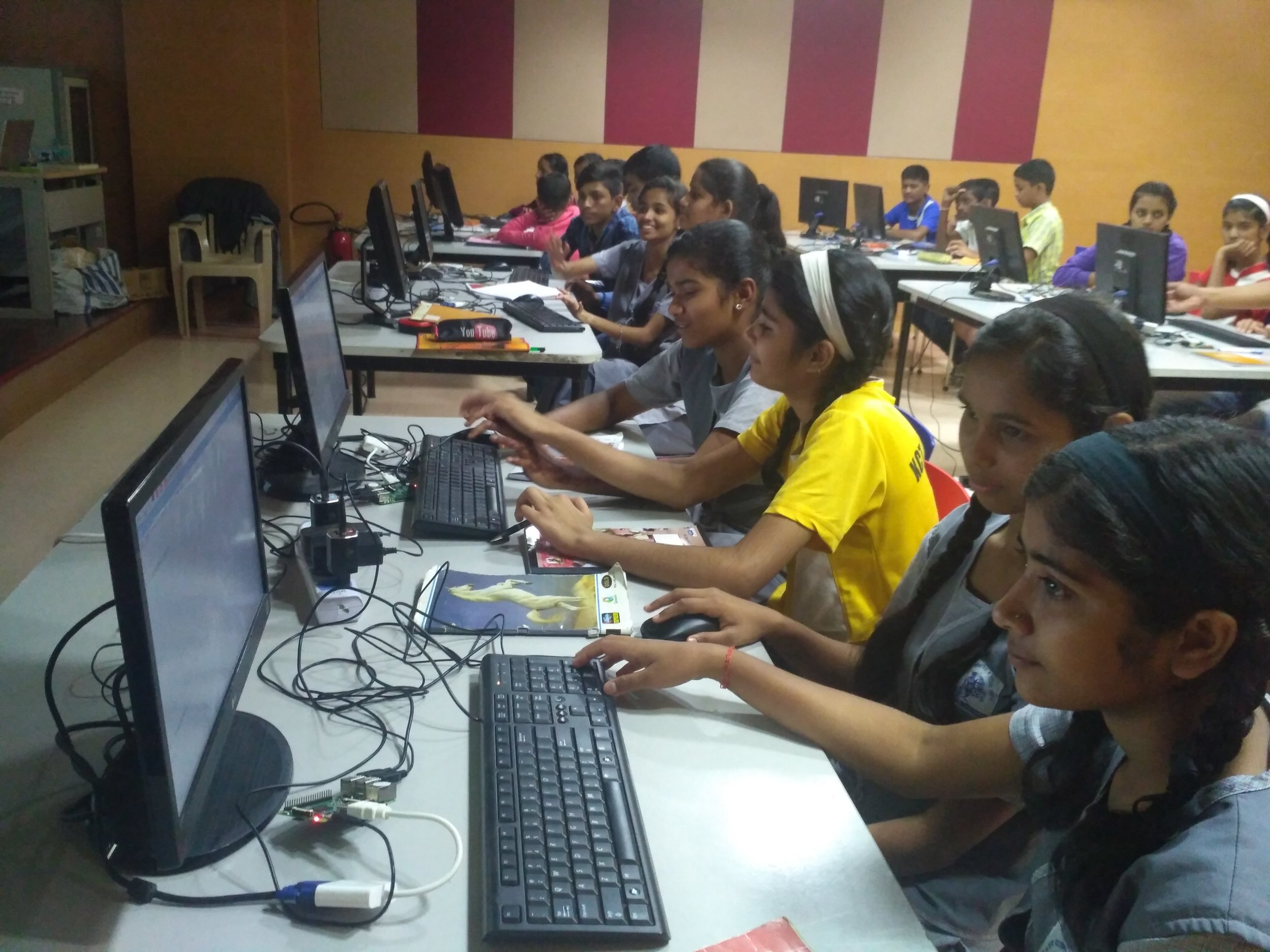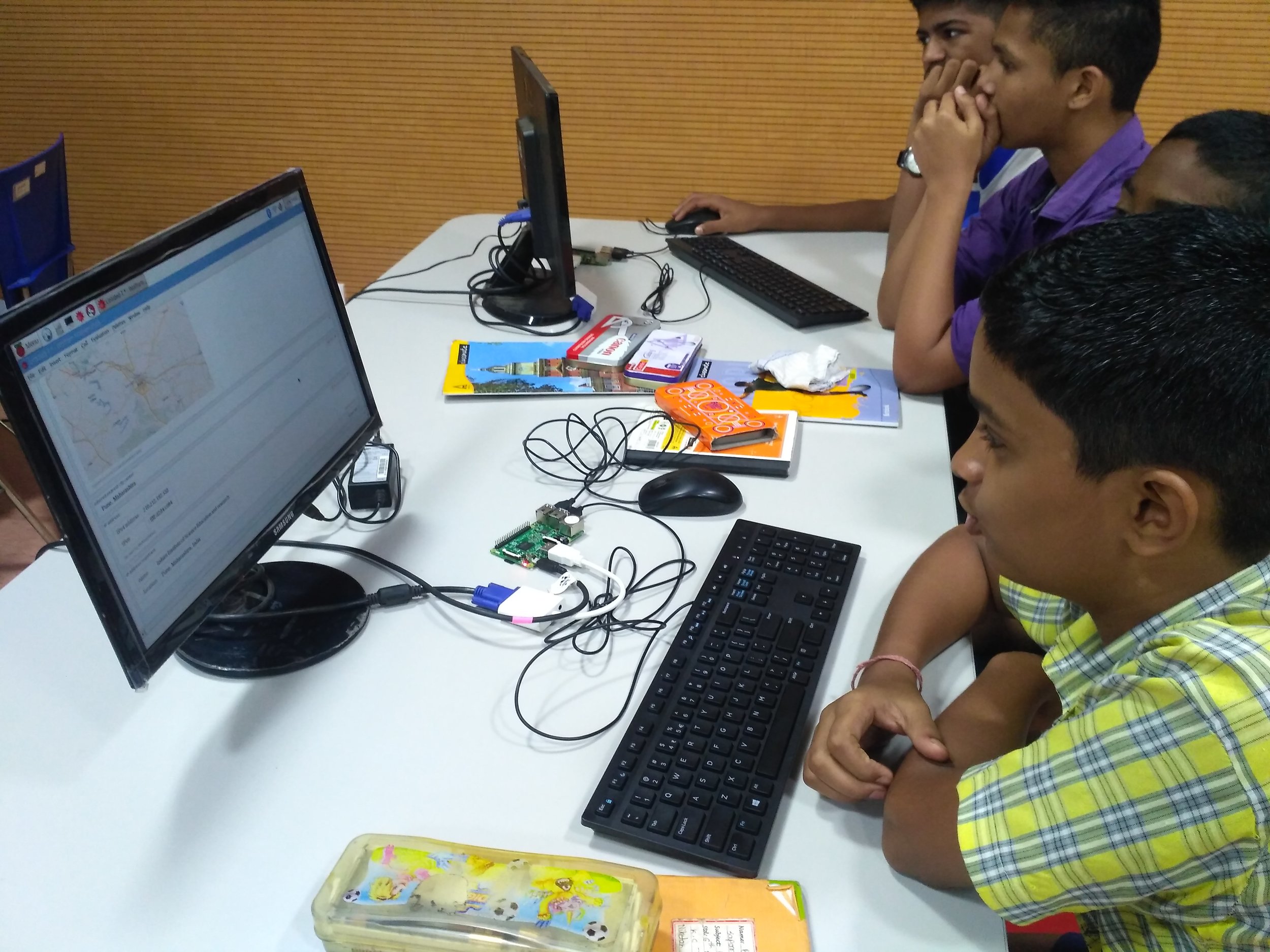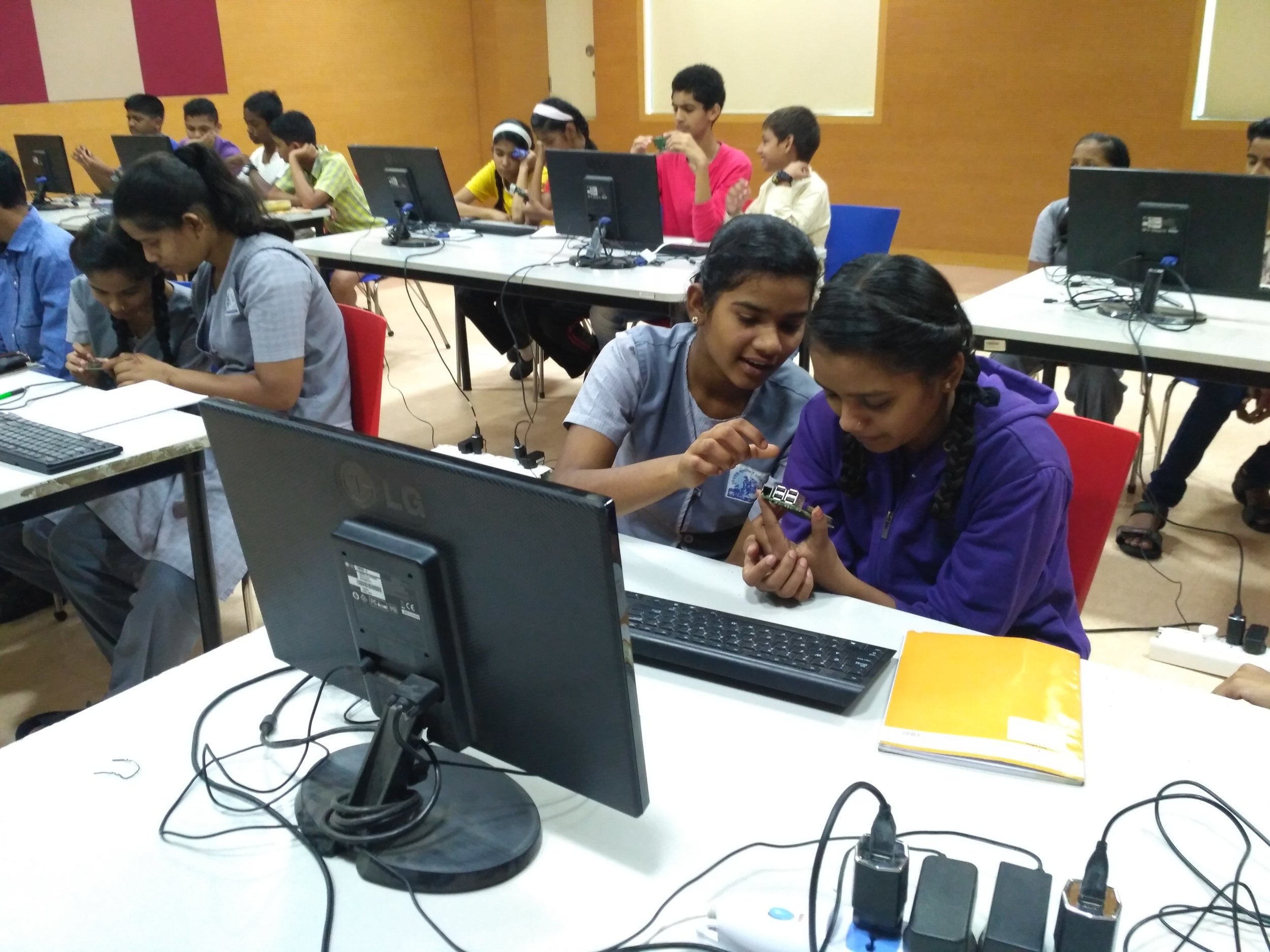Watch the sky for Perseid Meteor Showers
Lately a lot of rumours have been circulating on a major social networking platforms that we will witness the brightest nights ever recorded in human history on 11 and 12th of August because of the record-break meteor showers. Is there any truth in these news? Let us try to find out more about meteors showers.
Whenever we see flashy streaks of lights in the sky, we call them meteors [few people even call them “falling stars” or “shooting stars”]. In reality, these meteors are nothing but space rocks left over from the debris of comets or asteroids. And when they are traveling in the space, they are called as meteoroids, few of them fall into the earth atmosphere, then they are called meteors. Most meteoroids that enter into the earth atmosphere [and become meteors] are about the size of a grain of sand. When they enter into the earth atmosphere [with a very high velocity], they get immensely heated because of a friction with air molecules, they start glowing and appear as flashy objects or glowing streaks in the sky. Almost all of the meteors diminish in the air [burn away] before they reach the earth’s surface. Whenever earth passes through a comet’s path, usually hundreds of meteors enter into the earth atmosphere every hour, we call them as meteor shower.
Now few of the meteor showers happen at the same time every year as our earth passes through the comet’s orbital path. The comets are nothing but major chunks of ice that revolve around the sun in ellipsoid orbits. While revolving when they come near to the sun, intense heat from the sun melts away the comet’s surface releasing gas, dust and rocky particles. This debris released forms a tail along the revolving path of a comet. And when earth passes through these comet’s orbits, the debris falls into earth’s atmosphere resulting into meteor showers.
Now let us try to find out major meteor showers the earth experiences every year. Mathematica has a nice data repository about astronomy. We can pull the data for the time intervals of the major meteor showers that happen every year. [You can try these commands on a free version of Mathematica that comes with every Raspberry Pi.]
peakTime=MeteorShowerData[All,{“Name”,"ActivityPeriod"}]/.{x_,y_}:>Association@{x->y}; TimelinePlot[peakTime,PlotStyle->97,Filling->Below,ImageSize->{1000,2500},AspectRatio->2.5,PlotLayout->"Vertical",Spacings->Range[10,30],BaseStyle->Directive[FontFamily->"Gill Sans",13],PlotTheme->{"Business"}]
Figure 1. Timeline plot for the major meteor showers that happen each year. The vertical left axis is the months and vertical lines with filled colors are the time intervals for every meteor shower along with their names.
As we can see from the Figure 1, meteor showers happen round the year. The International Astronomical Union's Task Group decides the names for these meteor showers and the names are usually given after the nearest constellation or bright star.
We can also find out the peak frequency and the peak time of these meteors:
peakHour = DeleteMissing[MeteorShowerData[All,{"PeakDate","PeakZHR","Name"}],1,1]/.{x_,y_,z_}->{{x,y} -> z};
Figure 2. A plot of peak time of meteor showers and their peak frequencies. Meteors with larger frequency are labeled for the sake legibility.
Now we are in the month of August and we can clearly see from the above two figures that there are a few meteor showers this month. Among these, Perseid meteor showers are one of the brightest showers of the year. They usually occur every year between July 17 and August 24. And they really create spectacular displays of fireballs that light up the night. We can see the peak frequency and peak date for the Perseid showers from the Figure 2. We can alternatively find out directly:
MeteorShowerData[Entity["MeteorShower", "Perseids"], {"PeakDate", “PeakZHR"}] = Date -> 2017/8/12, PeakZHR -> 100 /h
So the peak time for the Perseid meteor shower is 12th of August and one can see 60 to 100 meteors in an hour if the sky view is clear. We can also find the velocity with which they enter into the Earth’s atmosphere:
MeteorShowerData[Entity["MeteorShower", “Perseids"], “GeocentricVelocity"] = 59.0 km/s
GeoDistance[Entity[“City",{"Bombay","Maharashtra","India"}],Entity["City",{"Delhi","Delhi","India"}]] = 1164.44 km = 1164.44 km/ 59 km/s = 19.7363 s
The name Perseid has been given because of its origin from the constellation called Perseus. It is somewhere in the northeast around midnight. We can visualize this constellation:
ConstellationData[Entity["Constellation", "Perseus"], "ConstellationGraphic"]
Figure 3. Perseus constellation from which Perseid meteor showers originate.
Entity["Mythology", “Perseus”]["Image"]
Figure 4. Perseus with the Head of Medusa
Now the important question why these Perseid meteor shower happen in August every year? This is because every year our earth passes through the comet’s orbit around this time. We can find the name and other information of this comet:
MeteorShowerData[Entity["MeteorShower", “Perseids"],”ParentObject"] = Comet -> 109PSwiftTuttle
The comet is Swift-Tuttle and it revolves around the Sun in an ellipsoid orbit. It takes 133 years to complete one round around the Sun. We can pull the data for its orbital path and helio coordinates to visualise its way around the Sun:
swiftTuttle=CometData[109P/Swift-Tuttle (comet),{“OrbitPath”,"HelioCoordinates"}]; Graphics3D[{Orange,Sphere[{0,0,0},0.5],Text[Style[“Sun",14],{0,0,0}-{1.5,0,0.5}],swiftTuttle[[1]],Yellow,Sphere[QuantityMagnitude@swiftTuttle[[2]],0.35],Text[Style["Swift-Tuttle",14],QuantityMagnitude@swiftTuttle[[2]]-{0,-.5,1.9}]},Boxed->False,Background->Black,ViewAngle->Pi/12,ImageSize->600]
Figure 5. Comet Swift-Tuttle and its orbital path around the Sun. Earth crosse the orbital path of this comet every year around August.
The Swift-Tuttle comet when passes close to the Sun, part of it gets melted away releasing ice, dust and other particles which forms the tail along its orbital path [the debris is also formed because of collisions with other celestial stuff]. When the Earth passes through this orbit, the meteoroids floating in this orbit enter into the Earth’s atmosphere with glowing streaks because the air molecules in the atmosphere. We can easily visualise the peak time for this meteor shower to find out the best days to watch in the sky:
comet = Table[ With[{date = DateObject[{2017, 7, 15 + t}]}, EntityValue[ Entity["Comet", "Comet109PSwiftTuttle"], {"OrbitPath", EntityProperty["Comet", "HelioCoordinates", {"Date" -> date}]}]], {t, 0, 60, 0.5}]; earthHelio = Table[With[{date = DateObject[{2017, 7, 15 + t}]}, EntityValue[Entity["Planet", "Earth"], EntityProperty["Planet", "HelioCoordinates", {"Date" -> date}]]], {t, 0, 60, 0.5}]; pathEarth = Entity[“Planet”, ”Earth”], [“OrbitPath”]; dates = Table[DateString[{2017,7,12+t},{"MonthName"," “,”Day"}],{t,0,60,0.5}]; datesPath = Transpose[{earthHelio,dates}]; Graphics3D[{Orange,Sphere[{0,0,0},0.25],Text[Style["Sun",White,FontFamily->"Helvetica Neue LT Std",14],{0,0,0}],Yellow,comet[[1,1]]/.Line->Tube,Text[Style["Comet Orbit",FontFamily->"Helvetica Neue LT Std",14],{0.05,1.6,0.85}],Green,pathEarth,Sphere[QuantityMagnitude[#[[1]]],0.05],Text[Style["Earth",FontFamily->"Helvetica Neue LT Std",14],QuantityMagnitude[#[[1]]]+{0.25,-0.5,0.25}],Text[Style[#[[2]],FontFamily->"Helvetica Neue LT Std”,30,Bold,White],{-1.5,0.5,1.35}]},Background->Black,Boxed->False,PlotRange->4,ViewAngle->Pi/20,ImageSize->600]&/@datesPath;
It may take a while to load the following animation if you are on slow internet connection.
Figure 6. Earth passes through the orbital path of comet Swift-Tuttle around 11- 12th August. It is the peak period for Perseid meteor showers.
Now where can I see this spectacular show of Perseid meteor showers? People in the northern hemisphere places should be able to see it. I stay in Pune, India. I can quickly check for my place:
GeoGraphics[{GeoHemisphere[], GeoMarker[]}]
Figure 7. Northern hemisphere portion of the Earth [dark colored] with a geomarmer at Pune.
India is in both eastern and northern hemispheres. Since the radiant point of Perseid meteor shower is in the Perseus constellation, one can look between the north-eastern part of the sky and the zenith [the point in the sky directly above you]. You can use the compass app in your mobile device for finding the north-eastern direction in the sky.
The best time to view the Perseids is between midnight and dawn [i.e. usually between 1 am to 5 am]. Other factors that may affect the visibility of showers is the cloud coverage and moon phase. The light coming from the moon may hinder the spectacular view of showers depending on the phase. So let’s check for the moon phases for the active days of Perseids:
Grid[Partition[Table[With[{date=DateObject[{2017,8,8+t}]},Column[{Style[DateString[date,{"MonthName"," ","Day"}],White,FontFamily->"Helvetica Neue LT Std”,12],Column[MoonPhase[date,#]&/@{"Icon","Name"},Center]},Center]],{t,0,5}],3],Background->GrayLevel[0.2],Spacings->{2,2}]
Figure 8. Phases of the moon from August 8 to August 14. The light of a bright waning gibbous moon on 11 and 12th August may hinder the shower view.
Unfortunately we have to deal with the waning gibbous phase [gibbous is nothing but having the illuminating part larger than a semicircle and less than a circle] of the moon. The bright light from the moon may hinder the Perseid show. Find out an area with moon-shadow [a plateau area with high-rise mountain, hill, building or even a large tree to block out the moon] and make sure you are far away from the glow of city lights to have a clear view.
Now let’s check for the cloud coverage which can affect our visibility. We can pull the data from Wolfram|Alpha for my location- Pune:
clouDataPune=WolframAlpha["Cloud cover in Pune”,{{“CloudCoverChart:WeatherData",1},"TimeSeriesData"}]; cloudCoverage = Cases[clouDataPune[[1]],{x_,y_}:>{x,Interpreter["HeuristicPercent"][ToString@y]}]; predictedClouds = Cases[clouDataPune[[2]],{x_,y_}:>{x,Interpreter[“HeuristicPercent"][ToString@y]}]; ticks = Quantity[Range[0, 100, 10], “Percent”]; DateListPlot[cloudCoverage, FrameTicks -> {{ticks, None}, {Automatic, None}}, Mesh -> Full, PlotTheme -> "Detailed", AspectRatio -> 1/4.5, ImageSize -> 900, FrameLabel -> {"Time", "Cloud Coverage"}, Filling -> Bottom, BaseStyle -> Directive[FontFamily -> "Gill Sans", 12]]
Figure 9. Cloud coverage in Pune city. The dark clouds will mask the shower show.
We can check for predictions for further dates:
DateListPlot[predictedClouds,FrameTicks->{{ticks,None},{Automatic,None}},PlotRange->All,Mesh->Full,PlotTheme->{"Detailed"},AspectRatio->1/4.5,ImageSize->900,FrameLabel->{"Time","Cloud Coverage"},Filling->Bottom,BaseStyle->Directive[FontFamily->"Gill Sans”,12]]
Figure 10. Predicted cloud coverage in Pune city for the next week.
It seems that our view [at my place] will be masked by the dark clouds as well.
And lastly it’s time to debunk the rumour of brightest night on 11 and 12th of August. The Perseid shower of this year will not be significantly different than that of past years. There are no predictions for an extraordinarily spectacular show of Perseid shower for the year 2017. Predicting the outbursts is more of an art than a science. So all the rumours about brightest nights ever or “once in a life time” are nothing but the things blown out of proportion.

